Get Self Signed Certificate
Get Self Signed Certificate: A Casual Guide to Generating Your Own SSL/TLS
Welcome! If you are diving into network security, development environments, or just trying to secure an internal service without spending a dime, chances are you need to figure out how to Get Self Signed Certificate. Don't worry, it sounds complicated, but generating your own SSL/TLS certificate is much easier than you might think.
Self-signed certificates are fantastic tools for specific scenarios. They offer the encryption needed for testing and development, giving you secure channels for communication, even though they aren't trusted by public certificate authorities (CAs). Ready to master the process? Let's jump in!
What Exactly is a Self-Signed Certificate?
In simple terms, an SSL/TLS certificate is a digital document that verifies the identity of a website or service and secures the connection between it and the client (like your browser). Typically, public certificates are verified and signed by a trusted third-party organization called a Certificate Authority (CA).
A self-signed certificate, however, is one that you, the creator, sign yourself. Instead of relying on a recognized CA, the identity signing and verifying the certificate is the same entity receiving it. This means the client attempting to connect must manually trust this certificate since it lacks public verification.
Because there is no external verification, browsers and operating systems will usually throw a warning when encountering a self-signed certificate. They are saying, "Hey, I don't know who signed this, proceed with caution!"
Why You Might Need to Get Self Signed Certificate
While you wouldn't use a self-signed certificate for a high-traffic public website (that requires public trust), they are indispensable for several specific use cases:
- Development and Staging Environments: Before deploying code to production, developers need a secure sandbox. Self-signed certificates allow you to test TLS configuration and encryption without buying an expensive CA certificate.
- Internal Services and Intranets: If you are securing services only used within a closed corporate network (an intranet), you can easily distribute and install the self-signed certificate on all internal machines, establishing trust across your ecosystem.
- Testing and Troubleshooting: Need to quickly check if a server configuration issue is certificate-related? Generating a quick self-signed certificate is often the fastest diagnostic step.
- Cost-Effective Encryption: For small, private projects where true public trust isn't a requirement, generating one yourself is 100% free.
If any of those scenarios sound like your current project, then learning how to Get Self Signed Certificate is definitely a skill worth having!
Tools of the Trade: OpenSSL
When it comes to generating certificates on almost any platform (Linux, macOS, and even Windows via various tools), OpenSSL is the undisputed champion. OpenSSL is a robust, open-source command-line tool that handles cryptographic functions, including key generation and certificate management.
Most Linux distributions and macOS come with OpenSSL pre-installed. If you are using Windows, you might need to download a binary distribution or use a tool like Git Bash, which often bundles OpenSSL.
Step-by-Step: How to Get Self Signed Certificate Using OpenSSL
This process typically involves two main stages: generating a private key and then using that key to generate the final certificate file.
Creating the Private Key
The private key is the secret sauce. It is absolutely crucial that you keep this file secure and private. Never share your private key publicly! We will use the genrsa command to create a 2048-bit RSA key—a standard and secure size.
Execute this command in your terminal:
openssl genrsa -out private.key 2048This command creates a file named private.key. If you want to add password protection to this key (highly recommended for production use, but optional for simple testing), you can add -aes256 to the command. For simplicity in development, many choose to skip the password, but be careful!
Generating the Certificate Signing Request (CSR) - Skipping This for Speed
Normally, if you were getting a certificate from a CA, the next step would be generating a CSR. This file contains information about your domain and is sent to the CA for signing. However, since we plan to sign it ourselves (hence the "self-signed" part), we can often skip generating a separate CSR file and combine the creation of the key and the certificate into one efficient step.
Let's jump straight to the final step to Get Self Signed Certificate as quickly as possible.
Finalizing the Self-Signed Certificate
We are going to use the private key we just created (private.key) and tell OpenSSL to sign the certificate immediately. We use the req -x509 command for this, which means "new certificate request and self-sign it (x509)."
Here is the full command:
openssl req -new -x509 -key private.key -out certificate.crt -days 365Let's break down the flags:
-new: Create a new certificate request.-x509: Output a self-signed certificate instead of a CSR.-key private.key: Use the private key file we just generated.-out certificate.crt: The name of the resulting certificate file.-days 365: How long the certificate should be valid (one year).
When you run this, OpenSSL will prompt you for several pieces of information (Country Name, State, Organization Name, Common Name). The most critical field here is the Common Name (CN). This MUST match the domain name or IP address you are securing. If you are securing a local server named myserver.local, use that name here.
Once completed, you will have two essential files:
private.key(Your secret key)certificate.crt(Your publicly usable, self-signed certificate)
Understanding the Trade-offs
You have successfully learned how to Get Self Signed Certificate, which is great! However, you must be fully aware of the limitations before deploying it.
The primary trade-off is trust. Because no recognized CA validated your identity, every client that connects to your secured service will initially reject the certificate and display a security warning. They don't know who you are.
If you are setting this up for an internal team, everyone connecting will need to take the extra step of manually importing and trusting your certificate.crt file into their browser or operating system's trust store. Once installed, the warnings disappear for that specific client.
Remember, self-signing provides powerful encryption, but zero public identity verification.
Conclusion: Encryption Is Within Your Reach
Generating secure encryption doesn't have to be expensive or complicated. By utilizing readily available tools like OpenSSL, you can quickly Get Self Signed Certificate and secure your development, testing, and internal environments effectively.
Whether you are securing a complex microservice architecture locally or just trying to encrypt data transfer within your own network, a self-signed certificate is the perfect solution to start with. Just remember the crucial distinction: use these internally where you control the trust, and rely on CAs for public-facing production sites.
Frequently Asked Questions (FAQ)
- What is the difference between a self-signed and a CA-signed certificate?
- A CA-signed certificate is verified and trusted by third-party public authorities (CAs), meaning browsers automatically trust it. A self-signed certificate is signed by you; it provides encryption but must be manually installed and trusted by every client connecting to it.
- Can I use a self-signed certificate on a public website?
- Technically, yes, but you absolutely shouldn't. Every single visitor would encounter a massive security warning, and they would have to manually add your certificate to their browser, which is impractical and destroys trust. For public websites, always use a CA like Let's Encrypt or a commercial provider.
- How long should I set the expiration (
-days) for my self-signed certificate? - While you can set it for decades, it is best practice to keep the validity period shorter, perhaps 365 days or a few years. Shorter expiration dates enforce rotation and encourage better security management practices. You can always Get Self Signed Certificate again when the current one expires.
- What if I lose my private key (
private.key)? - If you lose your private key, your certificate (
certificate.crt) becomes useless. The key is necessary to decrypt data and prove ownership. You would need to immediately generate a new private key and a new self-signed certificate to restore service.
Get Self Signed Certificate
Get Self Signed Certificate Wallpapers
Collection of get self signed certificate wallpapers for your desktop and mobile devices.

Captivating Get Self Signed Certificate Design for Desktop
Find inspiration with this unique get self signed certificate illustration, crafted to provide a fresh look for your background.

High-Quality Get Self Signed Certificate Photo Collection
Discover an amazing get self signed certificate background image, ideal for personalizing your devices with vibrant colors and intricate designs.
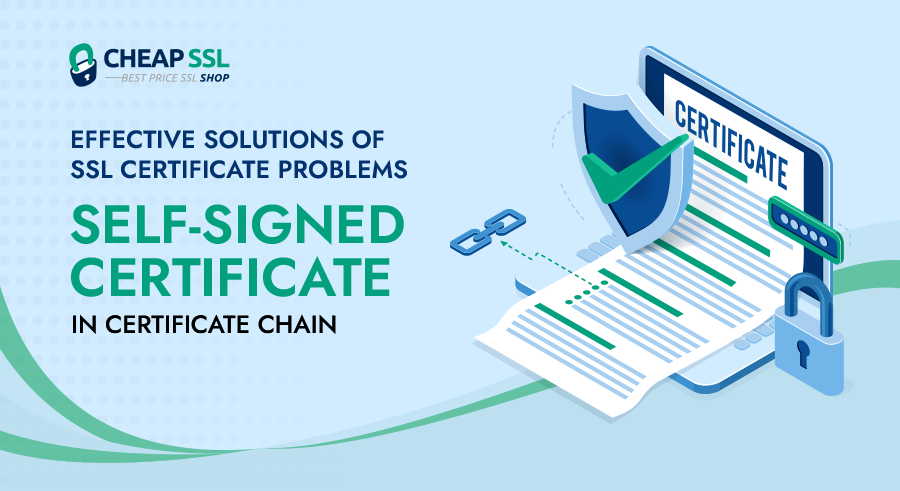
Gorgeous Get Self Signed Certificate Picture Concept
Find inspiration with this unique get self signed certificate illustration, crafted to provide a fresh look for your background.
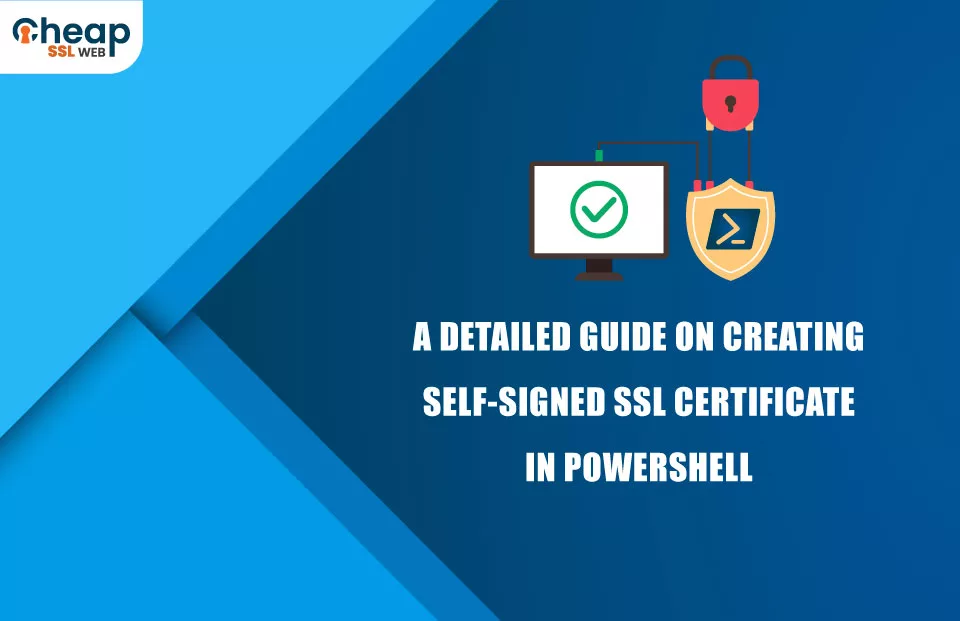
Stunning Get Self Signed Certificate Wallpaper for Mobile
This gorgeous get self signed certificate photo offers a breathtaking view, making it a perfect choice for your next wallpaper.

Vivid Get Self Signed Certificate Wallpaper for Mobile
Explore this high-quality get self signed certificate image, perfect for enhancing your desktop or mobile wallpaper.
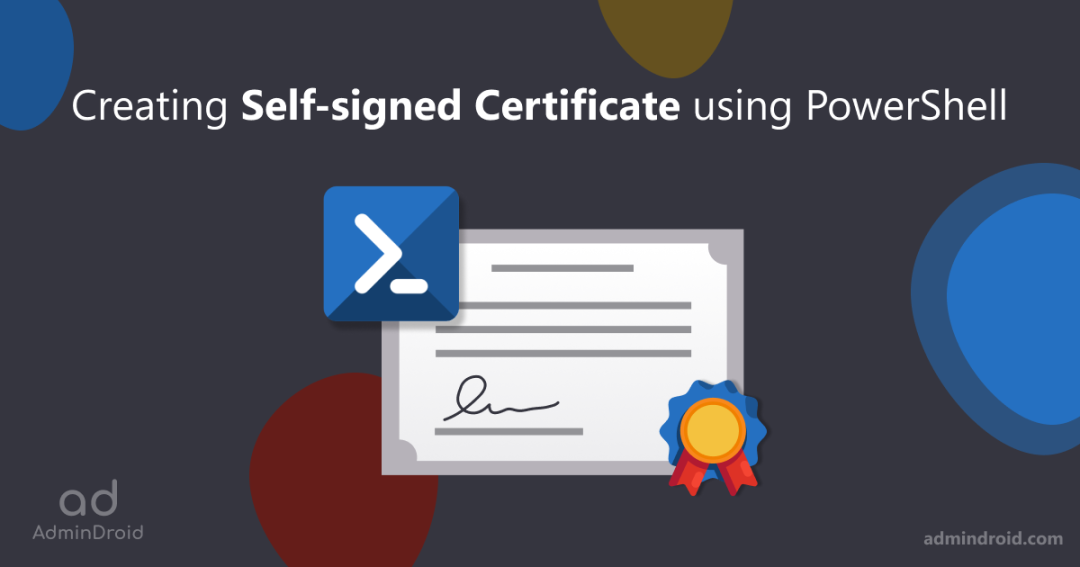
Gorgeous Get Self Signed Certificate View in HD
This gorgeous get self signed certificate photo offers a breathtaking view, making it a perfect choice for your next wallpaper.
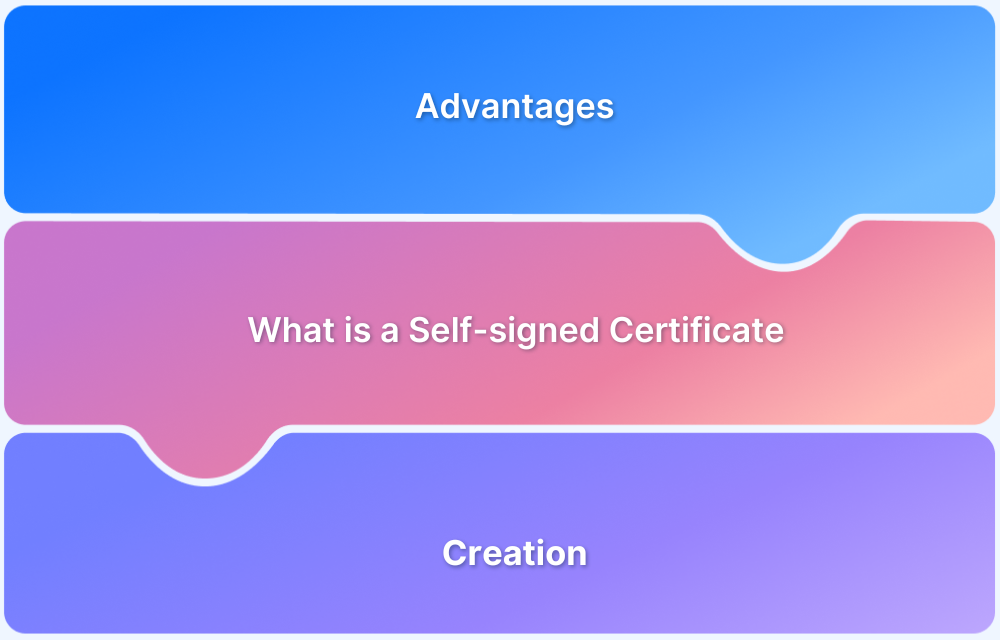
Vivid Get Self Signed Certificate Landscape in HD
Experience the crisp clarity of this stunning get self signed certificate image, available in high resolution for all your screens.
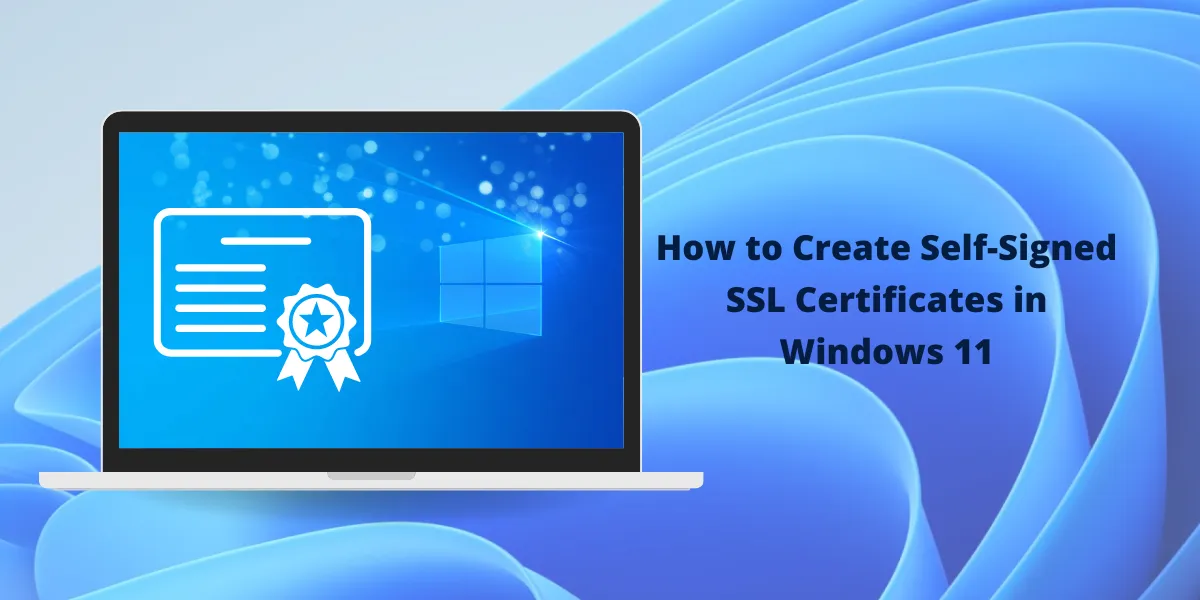
Serene Get Self Signed Certificate Wallpaper in HD
Transform your screen with this vivid get self signed certificate artwork, a true masterpiece of digital design.

Detailed Get Self Signed Certificate View Nature
Experience the crisp clarity of this stunning get self signed certificate image, available in high resolution for all your screens.

Lush Get Self Signed Certificate Design Nature
Immerse yourself in the stunning details of this beautiful get self signed certificate wallpaper, designed for a captivating visual experience.

Vivid Get Self Signed Certificate Design Illustration
Experience the crisp clarity of this stunning get self signed certificate image, available in high resolution for all your screens.
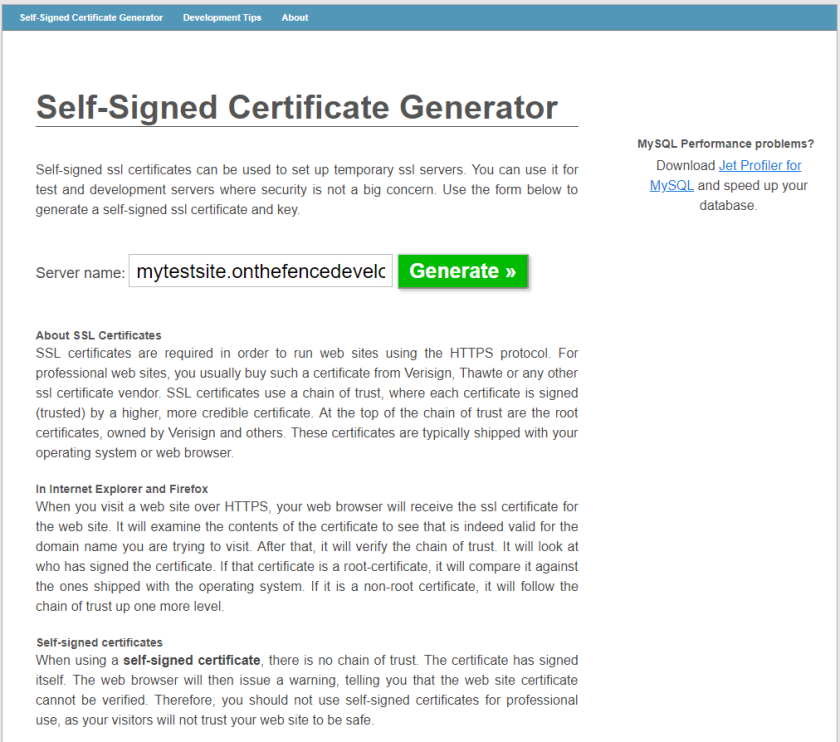
Serene Get Self Signed Certificate Background for Desktop
Discover an amazing get self signed certificate background image, ideal for personalizing your devices with vibrant colors and intricate designs.
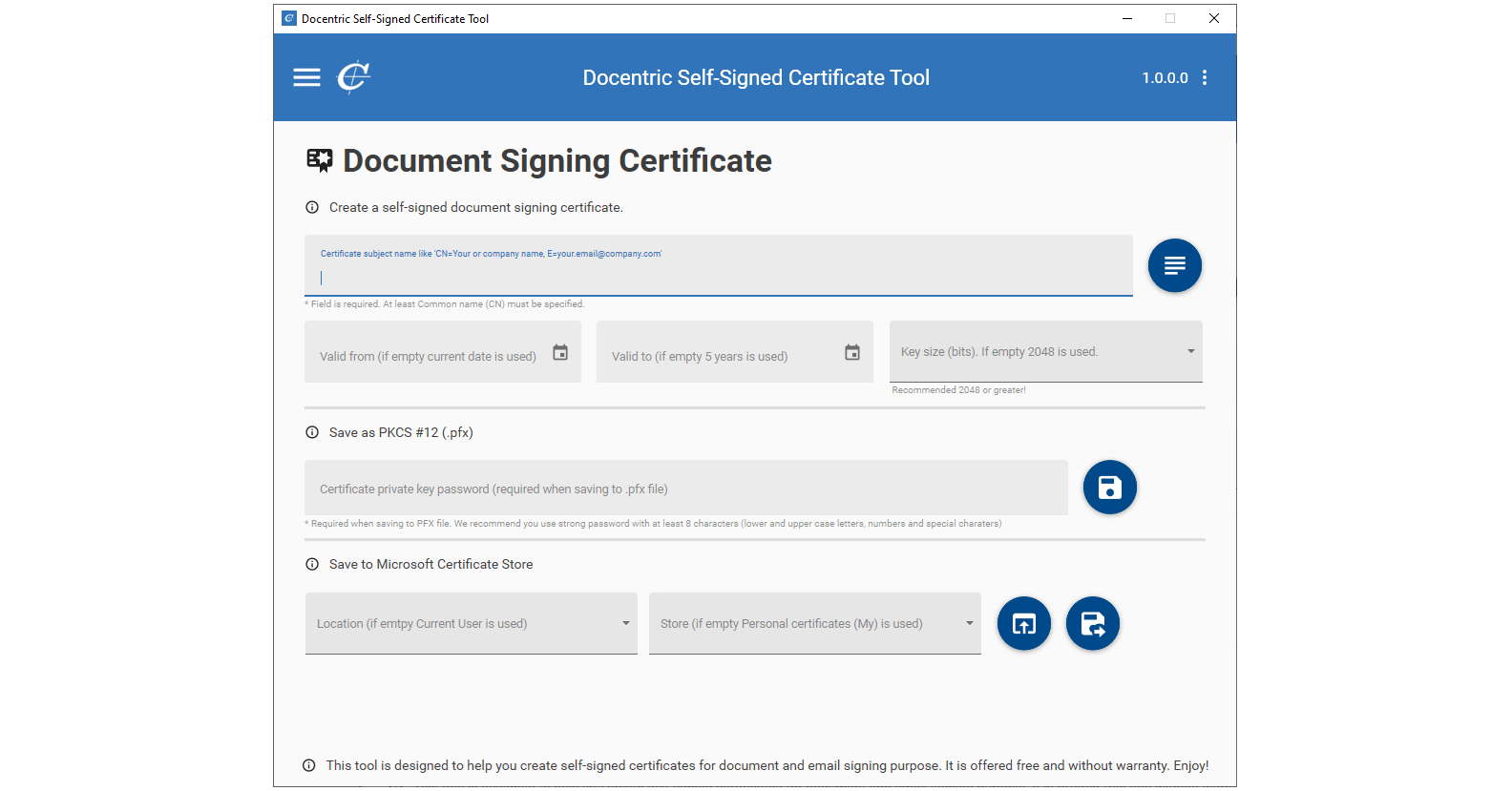
Lush Get Self Signed Certificate Background for Your Screen
This gorgeous get self signed certificate photo offers a breathtaking view, making it a perfect choice for your next wallpaper.

Breathtaking Get Self Signed Certificate Image Illustration
Experience the crisp clarity of this stunning get self signed certificate image, available in high resolution for all your screens.

Amazing Get Self Signed Certificate Image Art
Discover an amazing get self signed certificate background image, ideal for personalizing your devices with vibrant colors and intricate designs.

Serene Get Self Signed Certificate Moment in 4K
Explore this high-quality get self signed certificate image, perfect for enhancing your desktop or mobile wallpaper.
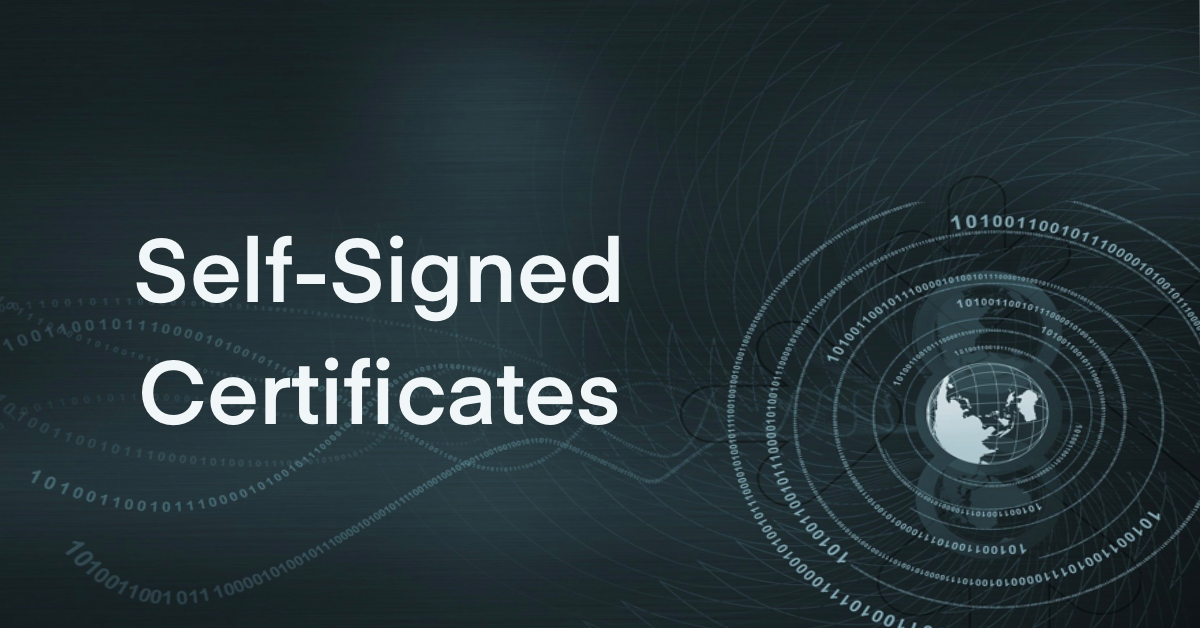
Crisp Get Self Signed Certificate Photo for Your Screen
This gorgeous get self signed certificate photo offers a breathtaking view, making it a perfect choice for your next wallpaper.

Dynamic Get Self Signed Certificate View in HD
Immerse yourself in the stunning details of this beautiful get self signed certificate wallpaper, designed for a captivating visual experience.
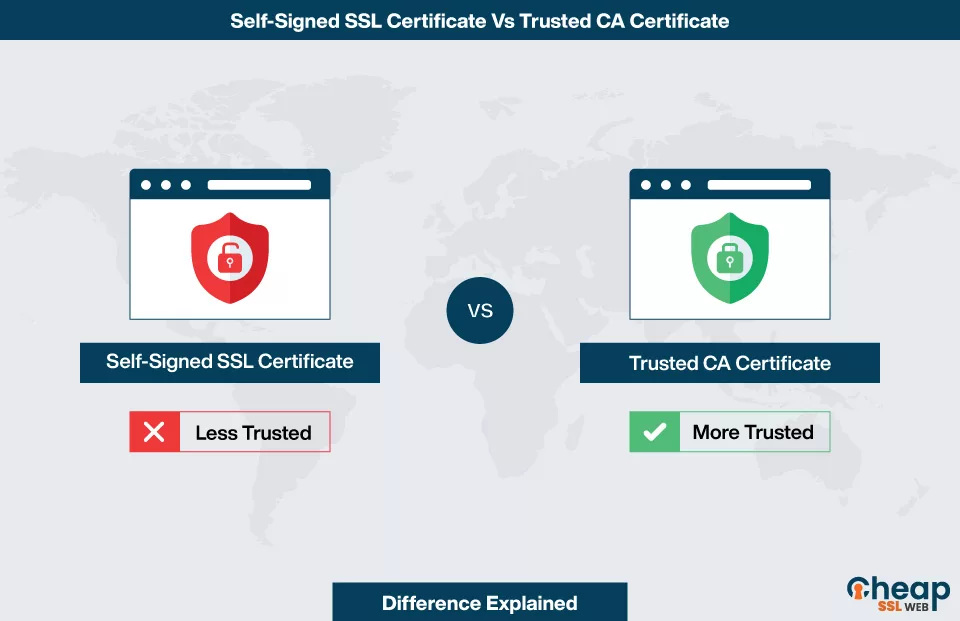
Lush Get Self Signed Certificate Capture Art
This gorgeous get self signed certificate photo offers a breathtaking view, making it a perfect choice for your next wallpaper.

High-Quality Get Self Signed Certificate Moment Illustration
Discover an amazing get self signed certificate background image, ideal for personalizing your devices with vibrant colors and intricate designs.
Download these get self signed certificate wallpapers for free and use them on your desktop or mobile devices.
0 Response to "Get Self Signed Certificate"
Post a Comment